Ethereum, once the undisputed king of the blockchain realm, is beginning to lose its grip on the throne. Plagued by scalability bottlenecks, high fees, and increasingly complex architecture, Vitalik Buterin’s push for "L1 simplification" appears to be both a last resort and a final gamble.
This week’s editorial cartoon borrows imagery from HBO’s Game of Thrones, portraying Buterin seated solemnly on a jagged "Iron Throne"—a visual metaphor for Ethereum’s dominant yet embattled status. Once untouchable, Ethereum is now surrounded by rivals ready to claim the crown.
Solana surges ahead with blazing-fast speeds. Cardano touts academic rigor and methodical design. Polkadot seeks dominance through cross-chain interoperability. Meanwhile, Layer 2 solutions quietly creep upward, offering cheaper and faster alternatives on Ethereum’s own turf. Their playbook is simple: Faster. Cheaper. Simpler.
Above them all hovers a new threat—the AI dragon. This creature is no mere spectator. It represents a paradigm shift that could reshape the blockchain landscape itself. Artificial intelligence, once seen as peripheral to crypto, now threatens to rewrite the rules of the game.
Ethereum is still innovating, with upgrades like proto-danksharding and a vision of a leaner L1. But the market is unforgiving. Users prioritize speed, cost, and ease of use. Replacing a train’s wheels while it’s speeding down the tracks might sound heroic—but in reality, it’s a race against time.
There is only one throne in blockchain. And even as Ethereum defends its position, the battle to claim it is already well underway.
The game is on—and winter is coming.






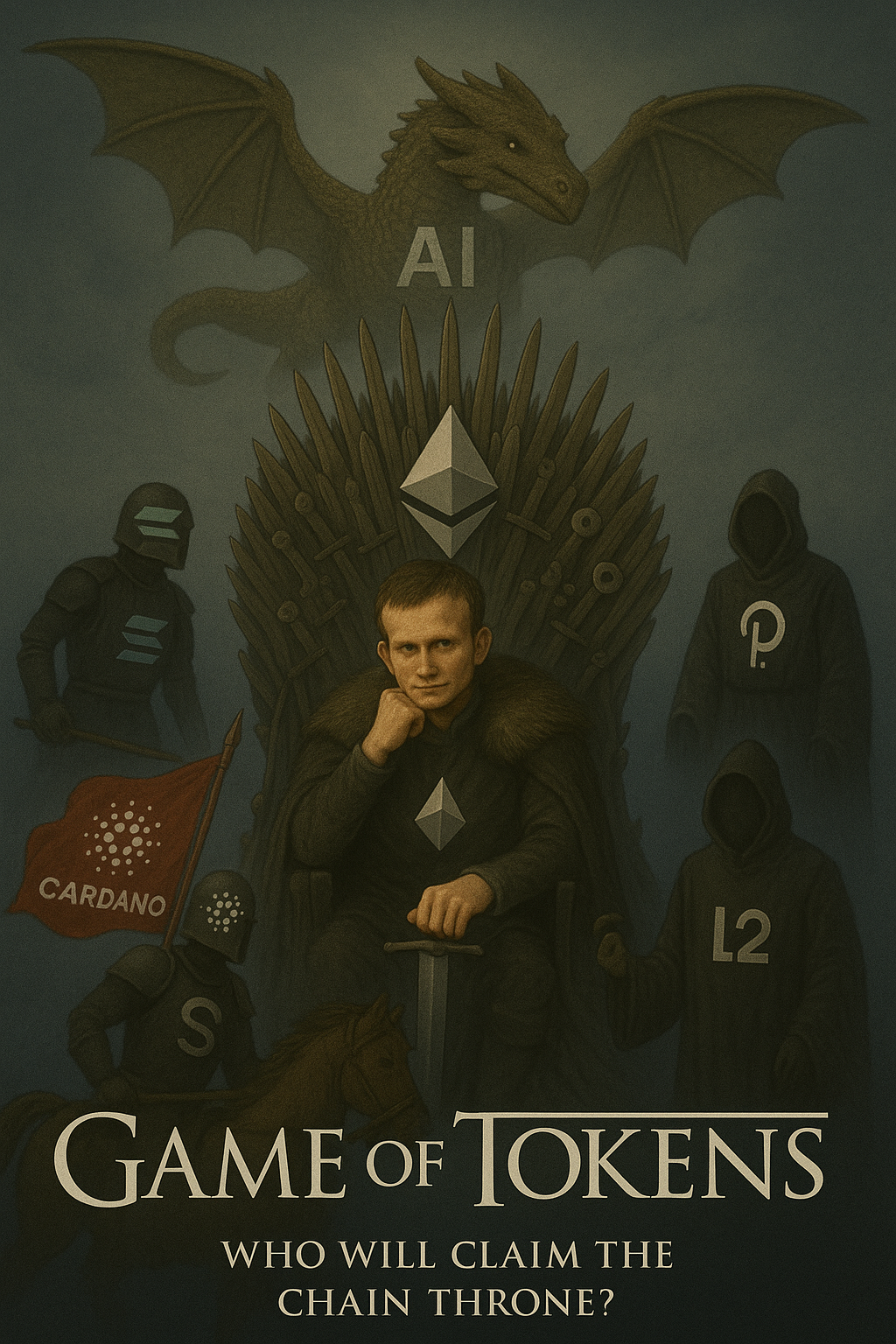
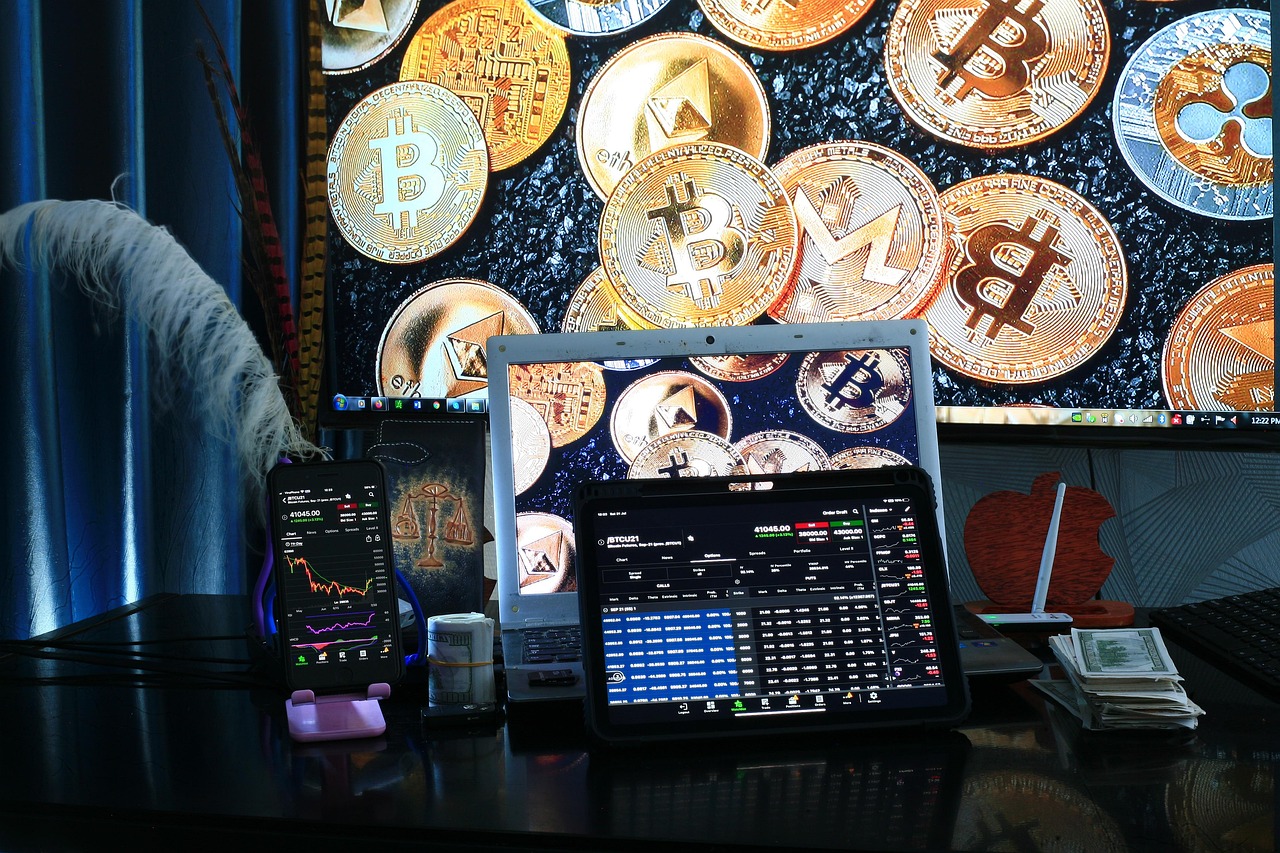





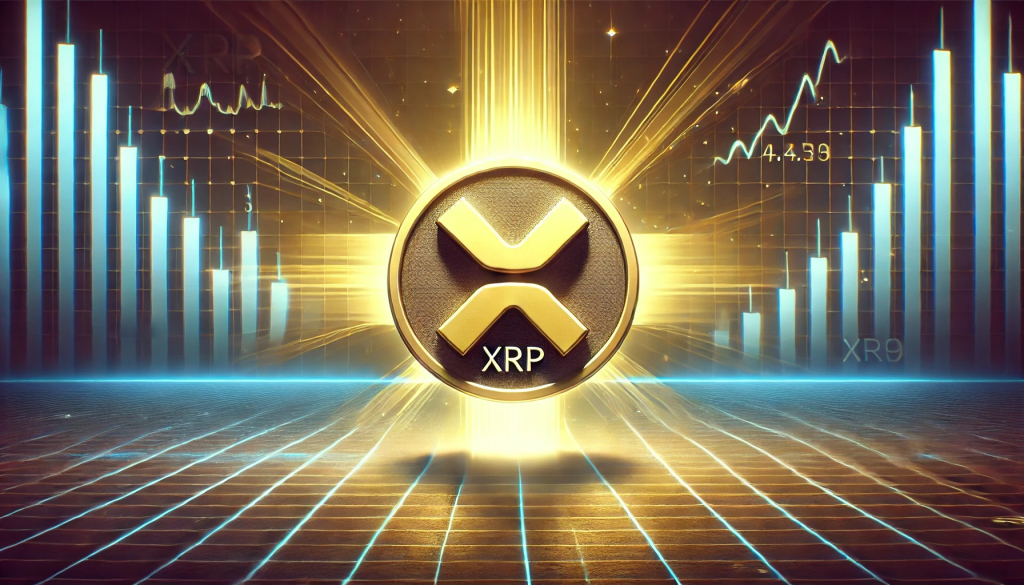


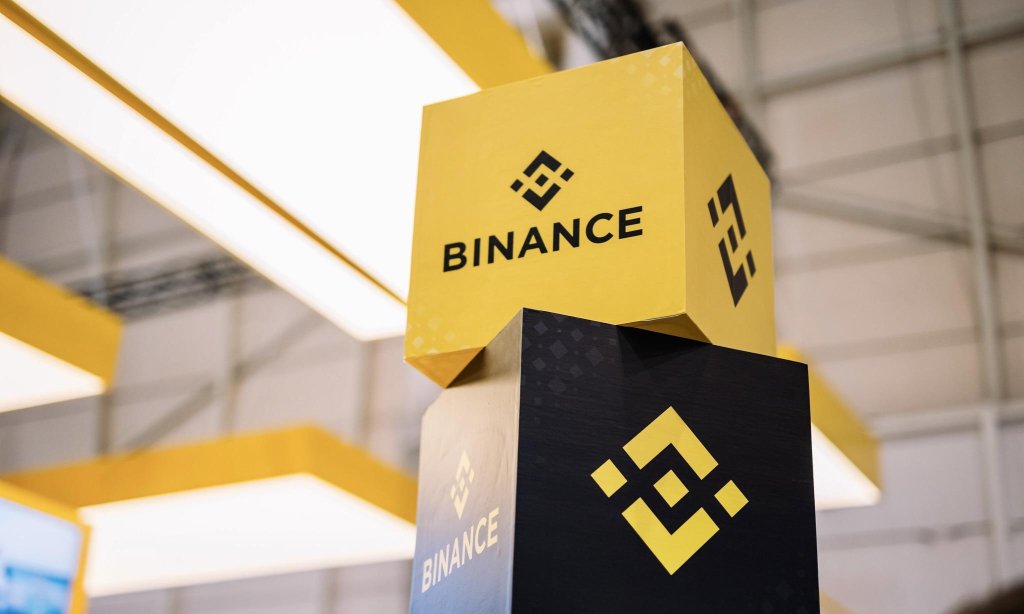


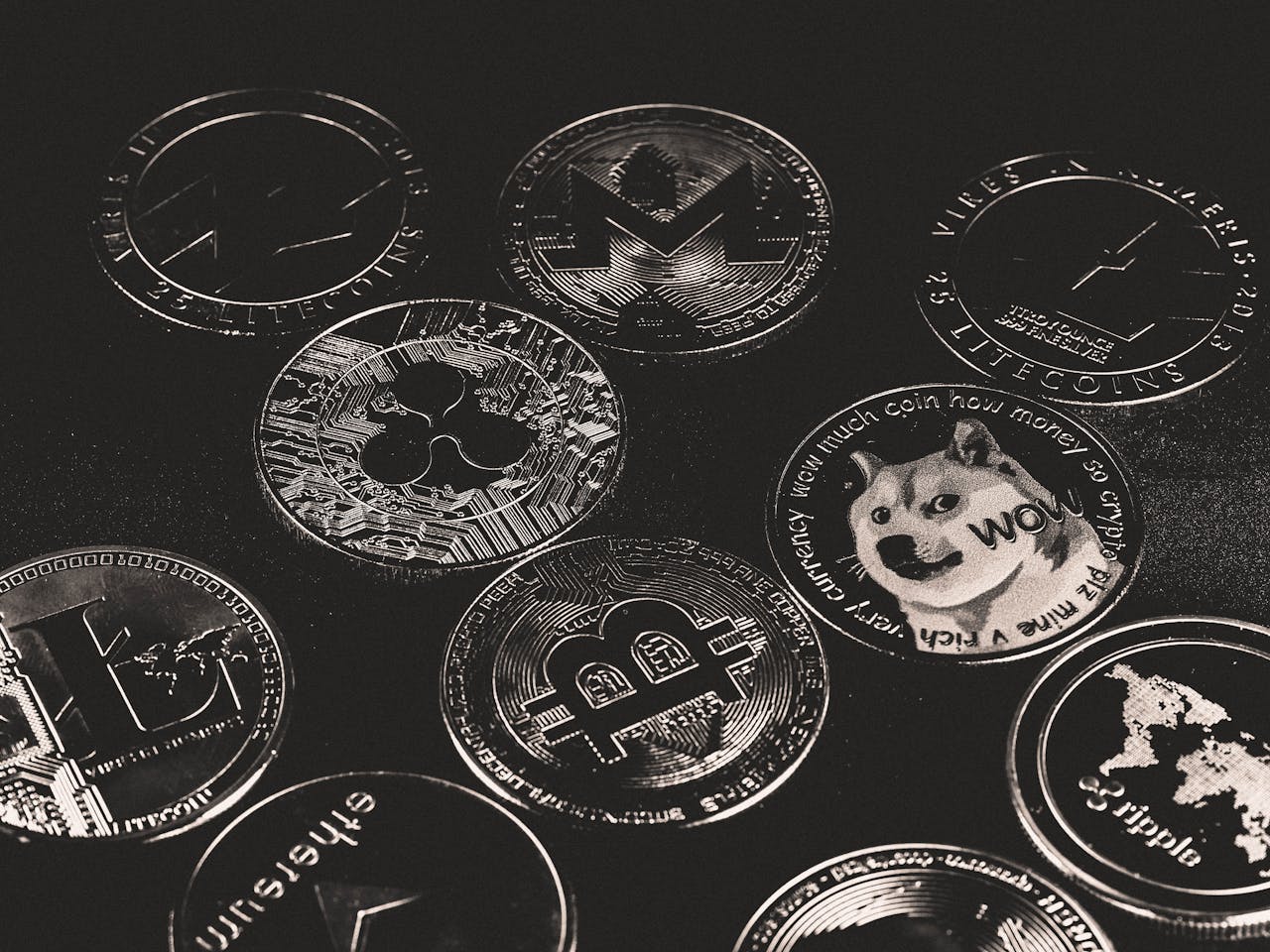
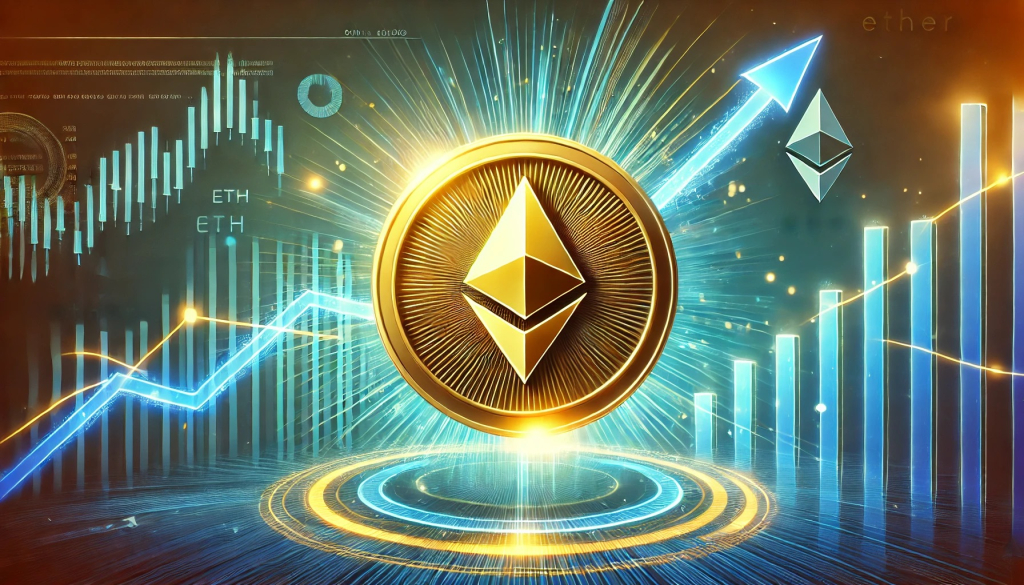

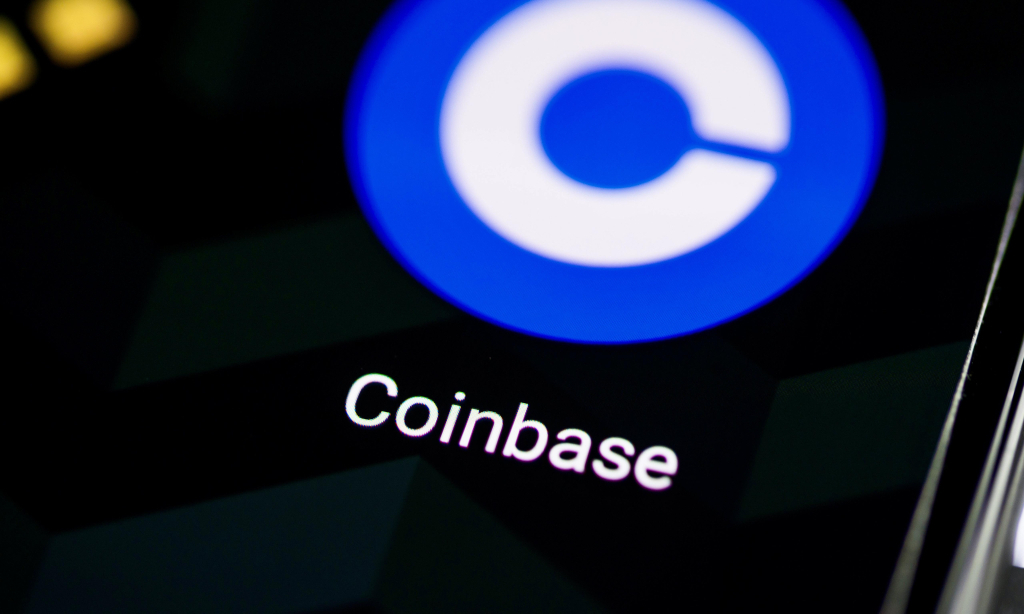
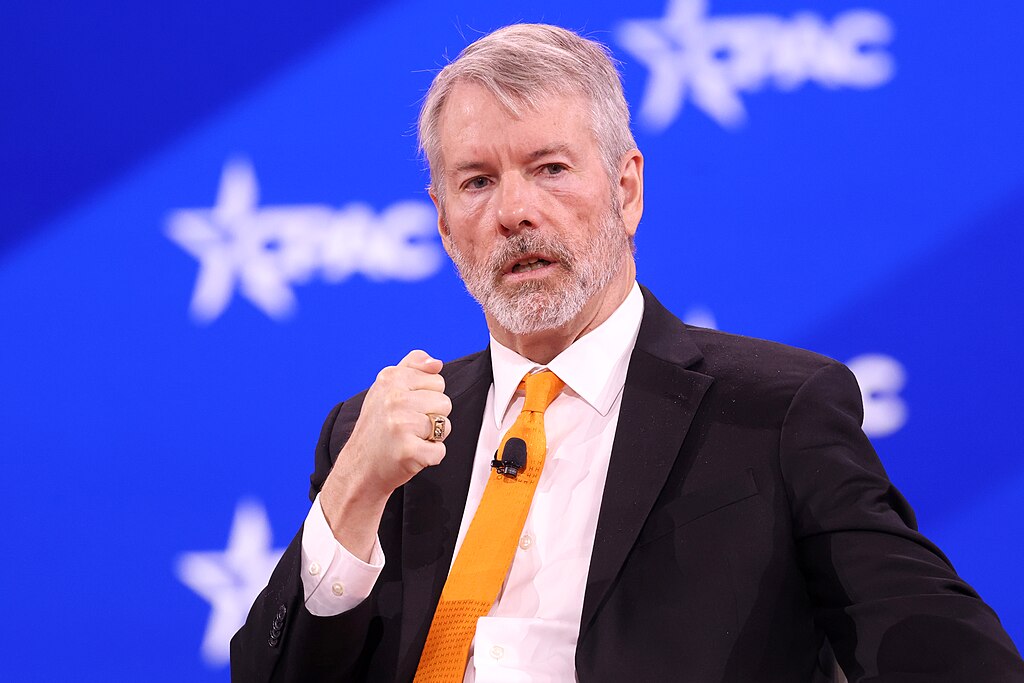


Comment 0